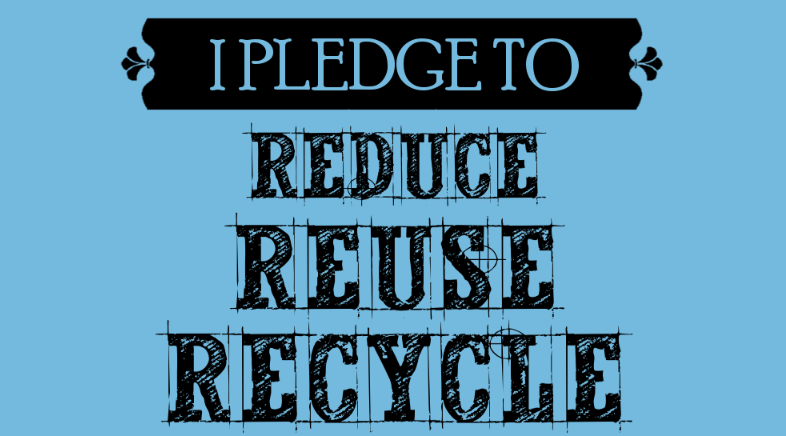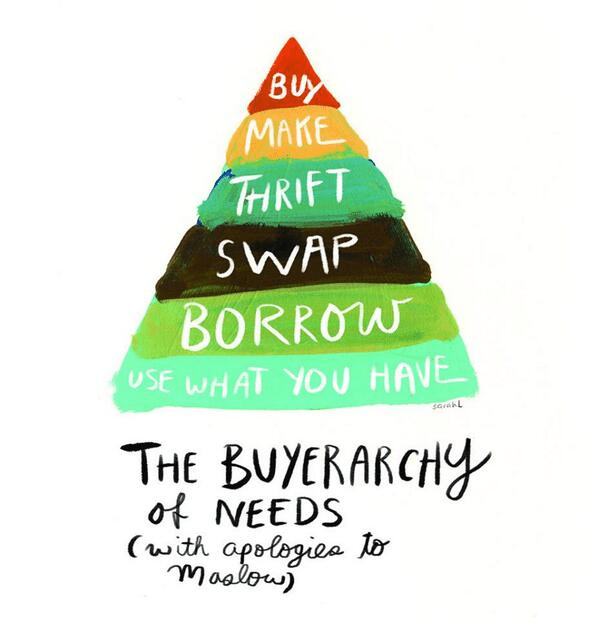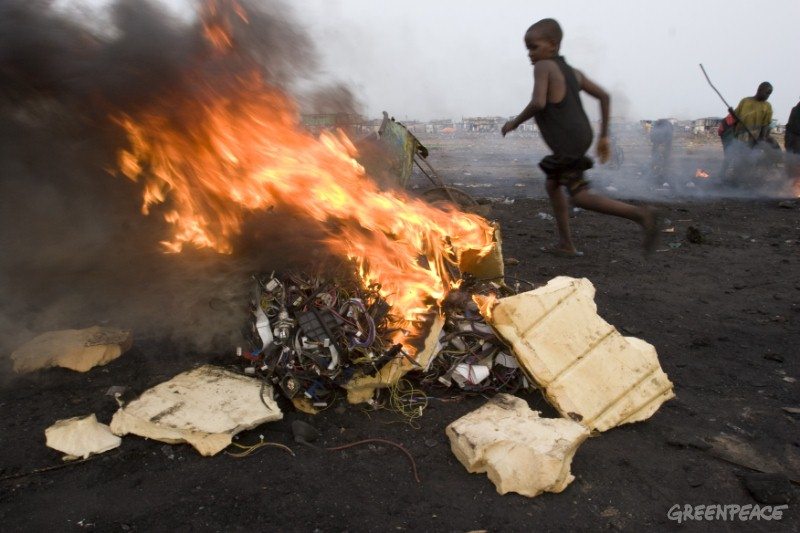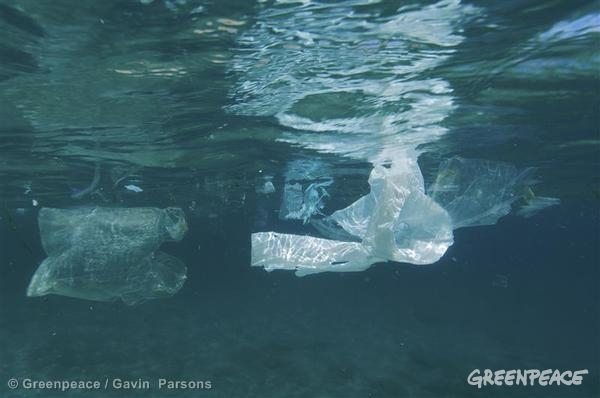When it comes to recycling, Australians have a great reputation. In the past few decades, recycling has gone mainstream, with a two or three bin system now available for most people at home, in their workplace, and out and about in public.

According to Planet Ark, 85% of Australians now think that recycling at home is the right thing to do. That’s not surprising, because the last two generations have had a brilliant anti-waste motto drilled into them: reduce, reuse, recycle.
Reduce, reuse, recycle is great. They tell us to use less, find ways to use things we have again an in different ways, and to help turn what we can’t use into something new. But what about sustainability beyond the three ‘r’s? When problems of mass-production, excessive marketing, and overconsumption are so systemic – we need to go further to fix them.
Image by Sarah Lazarovic via our friends at the Story of Stuff
Repair
The way we’re sold and told to buy products means that it can seem easier to purchase a new version of a broken product than to fix it.
When buying a new item of clothing is cheaper than getting an old one repaired – why bother? Because the production of new clothes has a massive impact on the environment, climate, and the people making them.
And if you’ve ever felt like your mobile phone has inexplicably stopped working just as your contract was about to finish – there might be a reason why. Academics are putting down this sudden failure to a built-in obsolescence – which can be great for technology companies, but is a disaster for our planet.
If we change our first response from ‘where can I get a new one?’ to ‘how can I fix this?’, we can start to change this consumer culture.
Remake
Reusing and recycling can be great ways to deal with anything you realise you need or don’t need. But when you can’t find an exact replacement within what you already own, you’ll need to get crafty.
Enter upcycling. Where recycling takes consumer products and breaks them down to make other products – upcycling turns low value consumer products into new items that ideally are of higher value or need. It’s the deliberate action of seeing a need and filling it not with a new product, but rather a mix of those you have or aren’t using.
As long as you ensure you’re making things you really need, upcycling can be a great way to give your old things a new life. Here are 5 useful upcyling DIYs to get your started.
Refuse
A big part of changing what we as consumers deem acceptable is letting companies and retailers know. Not only does refusing unnecessary items like disposable straws, plastic bags, and single-use cutlery reduce our consumption – it also sends a powerful message to those around you.
Let’s redefine our concept of what we need, and learn to say no to things we don’t.
Remember
A big part of being able to refuse single-use items at all is remembering to bring something reuseable instead. Cloth shopping bags, stainless steel water bottles and travel containers are all great – that is, if you’ve remembered to bring them with you.
If you make it normal to leave your house with your keys, wallet, and reuseable coffee cup, or keep spare cutlery and containers with you at work – next time you’re at your favourite cafe, you’ll be able to say no to single-use items.
Respect
Every choice we make has an impact on the planet. While individually, this impact seems small, when you add everyone up and zoom out – the picture starts to look very different.
Respecting the earth is making a choice to understand the gravity of our actions, and to think about the planet we stand on when we’re making them.
Restore
Right now, a lot of people are taking more than they give from the Earth.
The way we’re working through the world’s resources is unsustainable and dangerous. Something’s got to give.
Greenpeace is a movement of people like you, standing up for our forests, oceans, and climate. Together, we’re working towards a green and peaceful future where human intellect results in sustainable innovation, not greed and destruction.
[optin-monster-shortcode id=”yvqepuxvguhcvfh22aie”]







